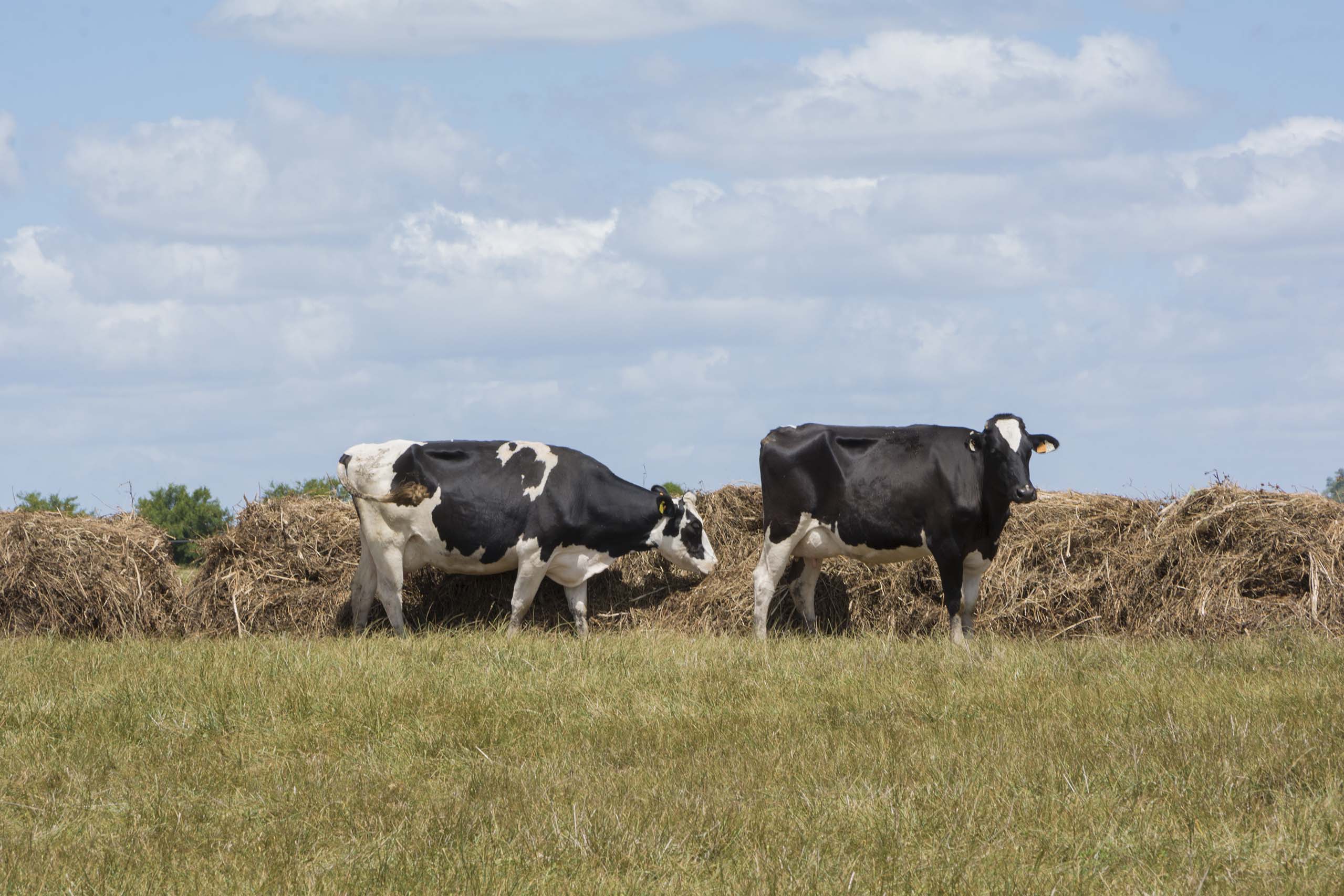On its web site, The USDA’s National Agricultural Statistics Service (NASS) says it conducts hundreds of surveys every year and prepares reports covering virtually every aspect of U.S. agriculture. The agency reports the facts on American agriculture, “…that are needed by people working in and depending upon U.S. agriculture.”
Continue readingThere is broad consensus on the need to capture more water when its raining
One failure is we’re not capturing and storing nearly as much floodwater as we should.
Continue readingOur Food Supply at Risk: White Paper on the Importance of Alfalfa Production in the American West
Our Food Supply at Risk: White Paper on the Importance of Alfalfa Production in the American West With drought conditions continuing to blanket the Western U.S., and farmers struggling to find adequate water supplies, competing interests are pressuring the federal government to cut the water supply farmers are using to grow our food, including alfalfa, […]
RELEASE: Our Food Supply at Risk: White Paper on the Importance of Alfalfa Production in the American West
With drought conditions continuing to blanket the Western U.S., and farmers struggling to find adequate water supplies, competing interests are pressuring the federal government to cut the water supply farmers are using to grow our food, including alfalfa, which is a foundational food chain crop. In response, the Family Farm Alliance and California Farm Water […]
What Does it Mean to Californians When Farmland is Fallowed?
Summer Campaign Takes the Water Shortage and Food Security Message to the Public
Summer Campaign Takes the Water Shortage and Food Security Message to the Public
Today’s World is Full of Uncertainties. Your Food Supply Shouldn’t be One of Them
Today’s World is Full of Uncertainties. Your Food Supply Shouldn’t be One of Them
Exceptional drought hit Central Valley California, threaten national food security and global food chain at large
Abandoning Established Water Law Does Nothing to Produce or Save One Drop of Water and Puts Our Food Supply at Risk
Abandoning Established Water Law Does Nothing to Produce or Save One Drop of Water and Puts Our Food Supply at Risk




